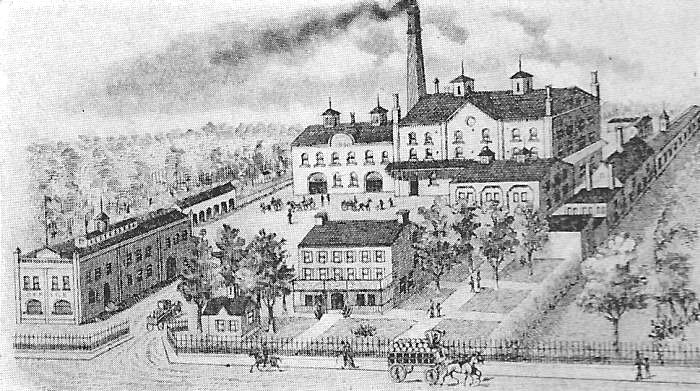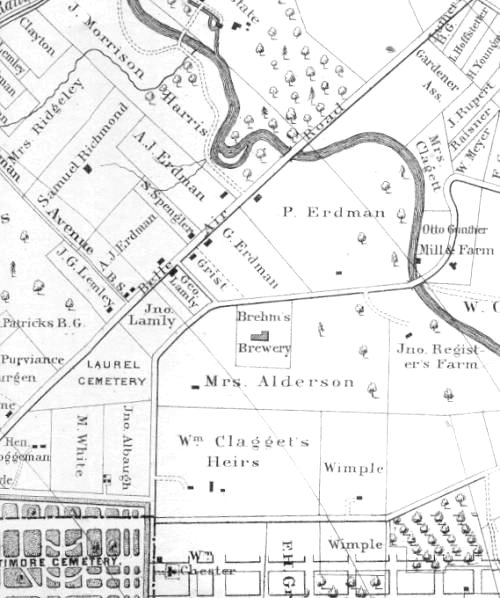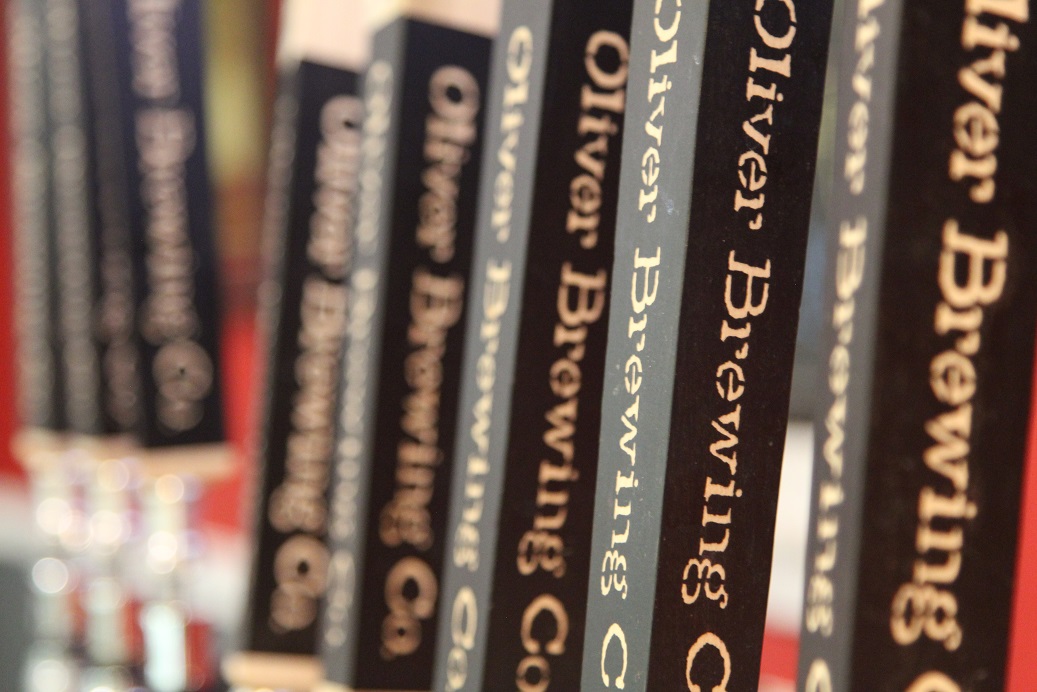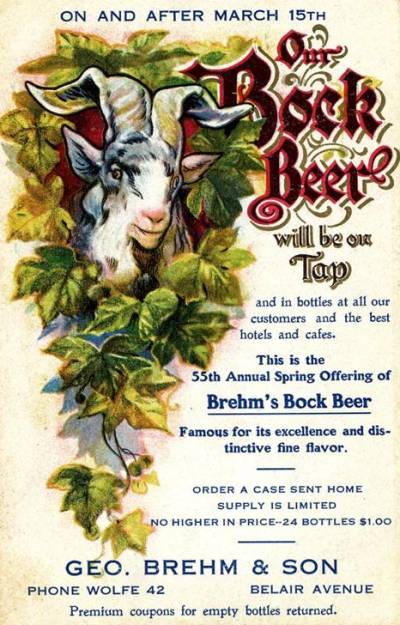A Rich History of Family Homes and Commerce
The Many George’s of Georgetown
The intersection of Belair Turnpike (now Belair Road) and Erdman Avenue was once the thriving hub of Belair-Edison and was known as Georgetown in the mid-19th century. Named after three prominent citizens of the area: George Brehm, George Lamley, and George Erdman, Georgetown was well known for its numerous breweries and Brehm owned the largest of them.
Belair-Edison was originally part of Baltimore County until the annexation of 1888 when the southwestern portion became part of the city. In 1918 the rest of the area was annexed to Baltimore City.
Brewing Beer Comes Full Circle
George Brehm procured Neisendorfer’s Brewery in 1866 and renamed it Brehm’s Brewery, located at modern-day Brehms and Bowleys Lane and at the time was the largest employer in Georgetown.
In 1899 Brehm sold his brewery for $400,000 to the Maryland Brewing Company. Two years later he bought it back for just $185,000. He died in 1904 and his son Henry took over the business. Henry expanded the brewery in 1907 by building a new brew and storage house. During Prohibition, the brewery survived by producing sodas and resumed full beer production in 1933. In 1935 the Burton Brewing Company purchased the brewery and five years later went out of business
The Brehms Brewery occupied 624 acres around what is now Erdman Avenue and Brehms Lane. Breweries were one of the main industries in this area of northeast Baltimore during the mid-1800s and Belair-Edison was also known for its beer. Underground tunnels have been found where the brewery stored its wares. An interesting juxtaposition, as we recently welcomed Oliver Brewery headquarters to our neighborhood. Beer once again flows in Belair-Edison!
Iconic Porch-Front Homes
In the 1920s, many homebuyers came to the young, growing neighborhood of Belair-Edison, attracted by the quality workmanship of the brick homes with generous front and backyards and lured by the bucolic feel of the area.
The majority of Belair-Edison’s buildings were built during the Baltimore building boom of the 1920s. According to US census data, there were only 36 dwellings built in the area before 1899 and only 102 dwellings by 1919. By 1940, when the community was officially established, there were over 1,700 dwellings in the area.
The homes west of Brehms Lane are the oldest homes dating back to the early 1920’s and the homes to the east were built in the early 1950s. These classic porch-front houses feature French doors, hardwood floors and stained-glass windows. The last homes to be built sit at the northeast corner of the community, where residents had maintained victory gardens during World War II.
Many of these dwellings were designed and built by Frank Novak and Joseph Peters. Novak was the son of Bohemian immigrants and began as a carpenter’s apprentice at the age of 13. In 1914 he established the Frank Novak Realty Company. Until his death in 1945, he was known as the “Two Story King of Baltimore” for his two story porch front homes. Kavon Avenue (Novak spelled backwards) is named in honor of Novak.
The site of Sinclair Lane Elementary School was a horse farm where residents could rent horses to ride through Herring Run Park. Erdman Avenue, near Sinclair Lane, was called “lover’s lane” in earlier days. Some homes are still owned by the families who bought them when they were brand-new.
Much of this information is attributed to “The City as a Suburb: A history of Northeast Baltimore since 1660” by Eric Holcomb. Some brewery photos sourced from Kildduffs.com, great Baltimore beer history.







